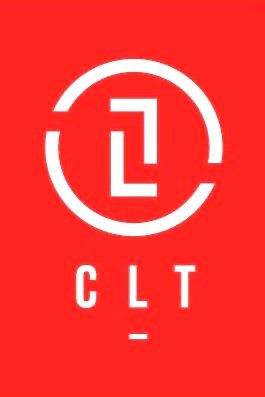4 Signs Your Agile Coach is a Fake
What is the Point of the Daily Scrum? (Updated for 2020)
In Marvel’s popular movie, Guardians of the Galaxy, Peter Quill is trying to come up with a plan to stop the villain and save the day and confesses that he only has 12% of a plan put together. As he engages support from his teammates, they each stand as they commit to the goal. As the final member, Rocket, stands he says “Well now I’m standing. Happy? We’re all standing now. Bunch of jackasses, standing in a circle.”
How Many Scrum Masters does it take to Change a Light Bulb?
Yep – it's from the old joke about how many psychologists it takes to change a light bulb.
And the punchline remains the same: One but the light bulb has to *want* to change.
People attend Collaborative Leadership Team’s Certified ScrumMaster® (CSM®) courses hoping to learn to change their company. Or their Development Team members or even their leaders. And they get frustrated to learn it's not possible. These folks waste the learning opportunity hoping to learn to trick or control another person.
The only person that anyone can change is themselves.
Yes – Scrum and Agile approaches mean change. And that starts with every individual involved learning what those changes mean and then making a choice.
Once a group has made the choice to change this only happens by getting together and talking about the best way to do that. And still observe their goals, serve their customers, in the process.
How does this start? In Scrum the Scrum Master is the change agent who works as a neutral facilitator helping the people and the organization to change for the better. A Scrum Master needs people skills, people skills and more people skills! If a Scrum Master is in need of improving people skills, they may need to look outside of the Scrum framework for ideas.
Collaborative Leadership Team partners with psychologist Dr. Harvey Robbins. His book, “The New Why Teams Don’t Work”, has practical advice on identifying our own behavioral style and building plans to work better with others.
This isn't identifying personality types. It doesn’t mean ignoring personalities. It means that personalities are not always revealed in the way we behave. The way we behave with one another affects our performance (or not) as a team and as an organization.
To learn more visit our Ignite Agility podcast and learn from Dr. Harvey Robbins
Check out our upcoming course opportunities here!
Coaching "Up" - New ScrumMaster techniques
A common theme we hear among newly minted Certified ScrumMasters (CSMs) is their surprise that “coaching up” in the organization is part of their job. The official Scrum Guide (https://scrumguides.org/) is clear that the Scrum Master is a servant leader not only to the Development Team and Product Owner but also to the Organization.
What follows is usually the CSM gulping, nervously shifting their gaze or sighing. When we ask them what’s wrong, they say things like “But I don’t know how to talk to a CIO, CEO, VP (fill in the executive blank).” “They won’t listen to me, I’m supposed to be neutral.”
The fact that the Scrum Master is neutral makes them the perfect person to talk to the organization’s leaders about the use of Scrum or Agile as a way to do work. The Scrum Master also escalates impediments to the Scrum Team’s success on their behalf within the organization.
Here are a few tips and reminders that may help:
· Exhibit Courage: One of the Scrum values is Courage. Scrum Masters may need to summon up the courage to have necessary conversations with leaders. Remember the organization’s leaders are people too and why wouldn’t they want to know about something that is impeding a Scrum Team’s ability to deliver value to the organization’s customers?
· Don’t Overuse the Scrummy Language: Scrum is far easier done than said. Leaders may or may not be versed in the vocabulary in the framework. Instead of saying something like - “The Development Team’s impediment to meeting their Sprint Goal is the company process” you could start with a question “If our procurement process is holding up the release of New Product X would you want to know about it?” Any leader vested in the organization’s success is sure to answer “Yes”. Follow with “Here are the details of exactly how that process is preventing our people from delivering that value as we speak.”
· Be Brief in Messaging: A mistake many Scrum Masters make is approaching a leader in the same way they might approach a Development Team Member, a Product Owner or Subject Matter Expert. Depending on the level of leadership, sometimes they need items “bulleted” or rolled up. Come prepared to deliver your message in a few, short statements. If it makes more sense to ask a question as described in the previous tip and adapt accordingly that works also.
Collaborative Leadership Team recently joined forces with Michael Nir on this topic of how to influence when you do not have authority. Michael is a nationally recognized speaker and author who helps people learn how to have these conversations. Listen for Free to tips from Michael on our Ignite AgilityTM podcast.
To check out our upcoming course opportunities, head to our course schedule!





